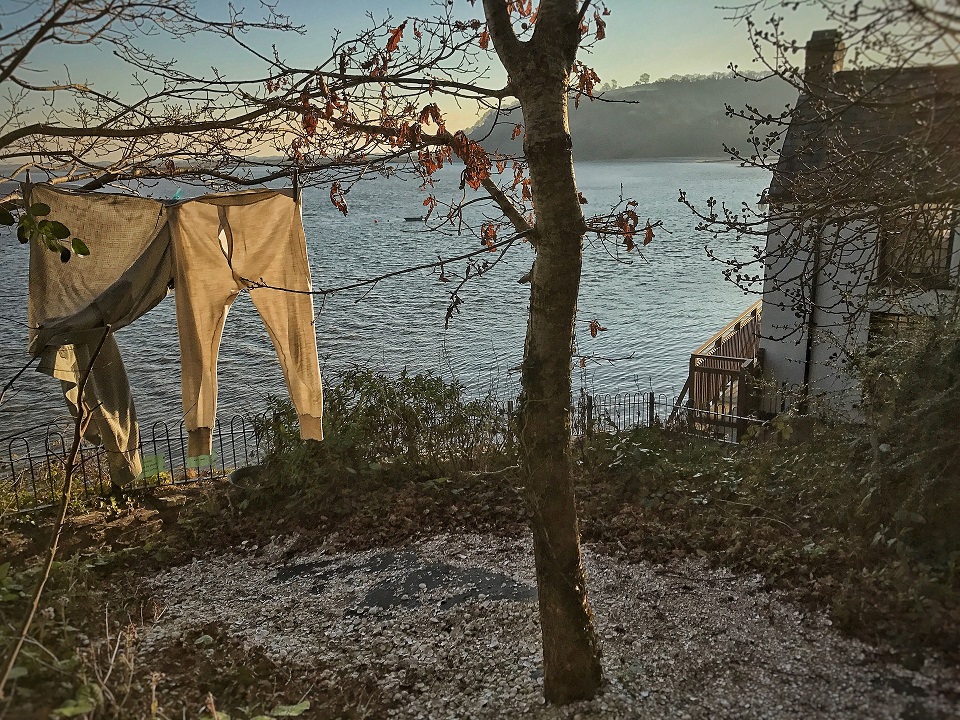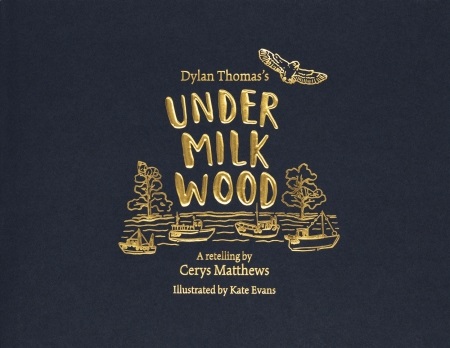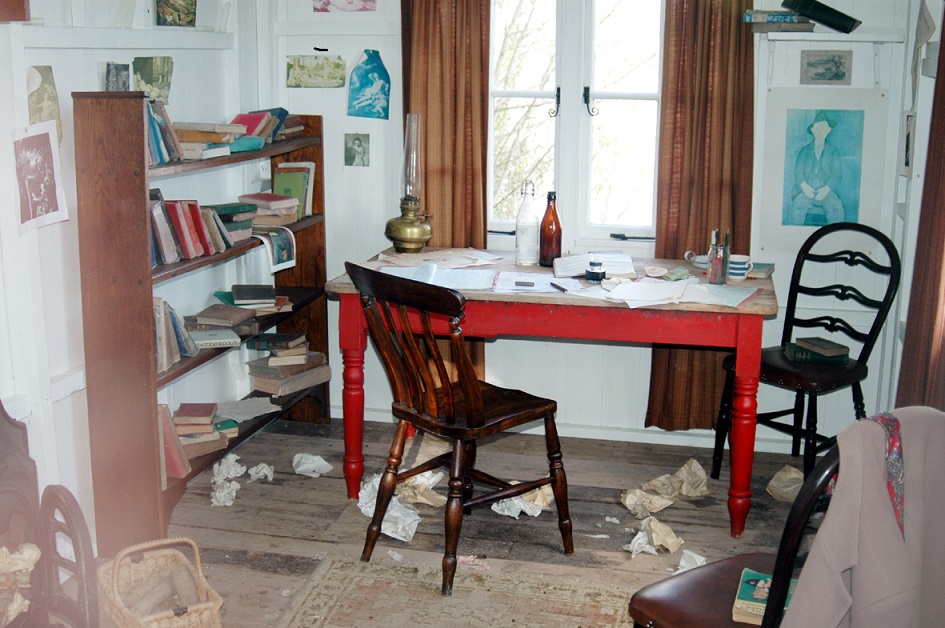It may be a musical myth that Robert Zimmerman took the name Bob Dylan after the Welsh poet Dylan Thomas.

Sean Sheehan
Just as uncertain is whether he knew about the poet’s radio play, “Under milk wood”, written in 1954 for the BBC. A new edition of the play, a ‘retelling’ by Cerys Matthews and with mesmerizing illustrations by Kate Evans, is a treasure in its own right as well as being a stimulus to seek out the text and its audio and film versions.
Readily available are one of the best readings, by Richard Burton, as well as short videos relating to stage versions, the most recent being a production at the National Theatre in London in 2021. A film version staged for television in 2014, directed by Pip Broughton, is well worth searching for as its immeasurably more moving than an earlier film of the play, directed by Andrew Sinclair in 1972.
“Under milk wood” was commissioned by the BBC as a play for radio and in fulfilling his brief Dylan Thomas also composed a prose poem. “To begin at the beginning” are the opening words, followed by:
It is spring, moonless night in the small town, starless and bible-black, the cobblestreets silent and the hunched, courters’ -and- rabbits’ wood limping invisible down to the sloeblack, slow, black, crowblack, fishingboatbobbing sea.
 What begins as a statement of fact – time of year, moon or stars not visible, a small town setting – quickly adopts a metaphor (‘bible-black’) and courting couples and rabbits become adjectives for the town’s wood. The rhythm slows down, audibly imitating the gentle to and fro of waves lapping a shoreline. The townspeople are asleep: “Time passes… Listen. Come closer now. Only you can hear and see behind the sleepers”. Individuals are introduced and, in this book, Captain Cat, now retired and blind, is seen lying in a hammock as he dreams of shipmates lost at sea, one of whom addresses him, “Remember me, Captain”.
What begins as a statement of fact – time of year, moon or stars not visible, a small town setting – quickly adopts a metaphor (‘bible-black’) and courting couples and rabbits become adjectives for the town’s wood. The rhythm slows down, audibly imitating the gentle to and fro of waves lapping a shoreline. The townspeople are asleep: “Time passes… Listen. Come closer now. Only you can hear and see behind the sleepers”. Individuals are introduced and, in this book, Captain Cat, now retired and blind, is seen lying in a hammock as he dreams of shipmates lost at sea, one of whom addresses him, “Remember me, Captain”.
Captain Cat only has his memories left and, awake, what he can hear as he sits by a window overlooking the town and its inhabitants going about their lives. He thinks of the woman he loved, Rosie Probert also now dead: “Let me shipwreck in your thighs”, writes Dylan Thomas, though for Matthews to change ‘thighs’ to ‘eyes’ is a retelling too far.
The myriad townspeople are the characters brought to life by Dylan Thomas. In captivating pictures, Kate Evans gives them visual form as gorgeous as the word pictures drawn by the text’s poetic language.
Like Miss Myfanwy Price and Mr. Mog Edwards, romantically attached but only ever meeting in their dreams and love letters, what is adored about “Under milk wood” is difficult to attain in the real world.

The play celebrates a world where differences are accepted and antagonisms accommodated.
It puts a spell on you to believe this is possible and although there is melancholy from failed relationships and sad memories the enchantment balances this with an ebullience that feels life-enhancing.
“Under milk wood”. A ‘retelling’ by Cerys Matthews, illustrated by Kate Evans, is published by Weidenfeld & Nicolson.












.jpg)












